Growth in Organic Farming
The growth of organic farming practices is emerging as a crucial driver for the Metal Chelates Market. As consumers increasingly demand organic produce, farmers are seeking sustainable solutions to enhance crop quality without synthetic chemicals. Metal chelates are particularly valuable in organic farming, as they provide essential nutrients in a form that is readily available to plants. Recent market analyses suggest that the organic farming sector is expected to grow at a rate of 10% annually, thereby increasing the demand for metal chelates. This trend indicates a shift towards more environmentally friendly agricultural practices, positioning the Metal Chelates Market favorably in the context of sustainable agriculture.
Rising Demand for Fertilizers
The increasing demand for fertilizers in agriculture is a primary driver for the Metal Chelates Market. As agricultural practices evolve, the need for efficient nutrient delivery systems becomes paramount. Metal chelates enhance nutrient availability, thereby improving crop yields. According to recent data, the fertilizer market is projected to grow at a compound annual growth rate of approximately 3.5% over the next few years. This growth is likely to propel the demand for metal chelates, as they are integral in ensuring that essential micronutrients are effectively absorbed by plants. Consequently, the Metal Chelates Market is expected to witness substantial growth, driven by the agricultural sector's need for innovative solutions to meet food production demands.
Increasing Awareness of Soil Health
There is a growing awareness regarding soil health and its impact on agricultural productivity, which serves as a significant driver for the Metal Chelates Market. Farmers and agricultural stakeholders are increasingly recognizing that healthy soil is crucial for sustainable farming practices. Metal chelates play a vital role in improving soil nutrient profiles, thereby enhancing soil fertility. Recent studies indicate that the use of metal chelates can lead to a 20% increase in nutrient uptake efficiency. This heightened focus on soil health is likely to stimulate demand for metal chelates, as they are essential for maintaining soil quality and ensuring optimal crop growth. Thus, the Metal Chelates Market is poised for growth as more stakeholders prioritize soil health.
Technological Advancements in Agriculture
Technological advancements in agriculture are significantly influencing the Metal Chelates Market. Innovations such as precision farming and smart agriculture are driving the adoption of metal chelates, as these technologies require efficient nutrient management solutions. The integration of data analytics and IoT in farming practices allows for targeted application of metal chelates, optimizing their effectiveness. As a result, the market for metal chelates is expected to expand, with projections indicating a potential increase in market size by 15% over the next five years. This trend underscores the importance of metal chelates in modern agricultural practices, positioning the Metal Chelates Market as a key player in the future of farming.
Regulatory Support for Sustainable Practices
Regulatory support for sustainable agricultural practices is a significant driver for the Metal Chelates Market. Governments and regulatory bodies are increasingly implementing policies that promote the use of environmentally friendly agricultural inputs. This regulatory landscape encourages the adoption of metal chelates, which are recognized for their efficiency in nutrient delivery and minimal environmental impact. As a result, the Metal Chelates Market is likely to benefit from favorable regulations that support sustainable farming practices. Recent legislative measures indicate a trend towards stricter regulations on chemical fertilizers, further enhancing the appeal of metal chelates as a viable alternative. This regulatory support is expected to drive market growth in the coming years.


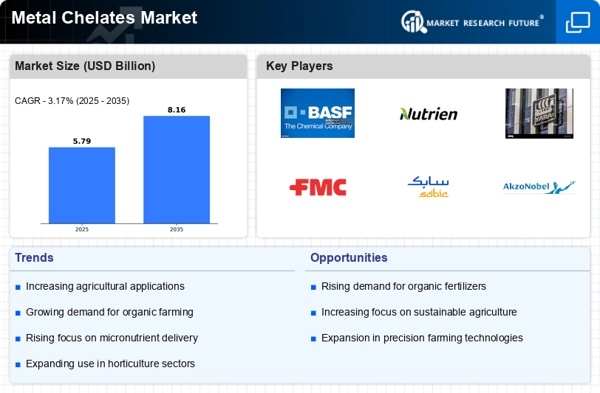
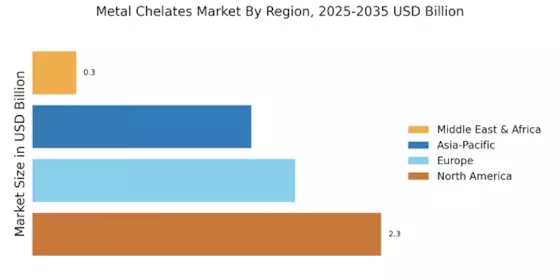
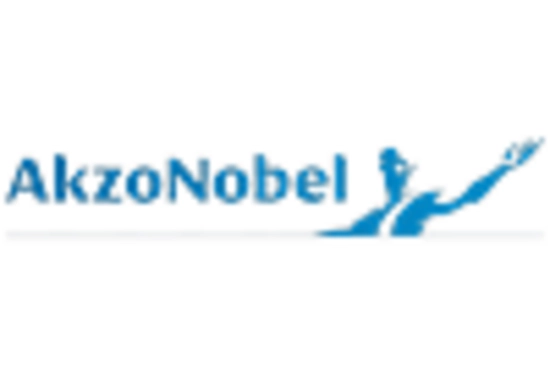

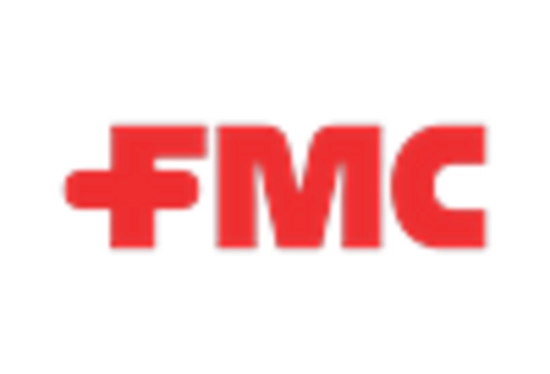
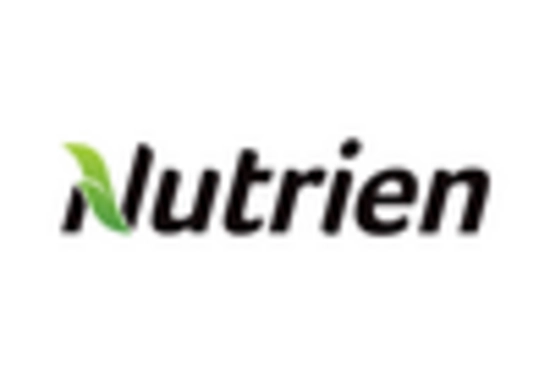










Leave a Comment